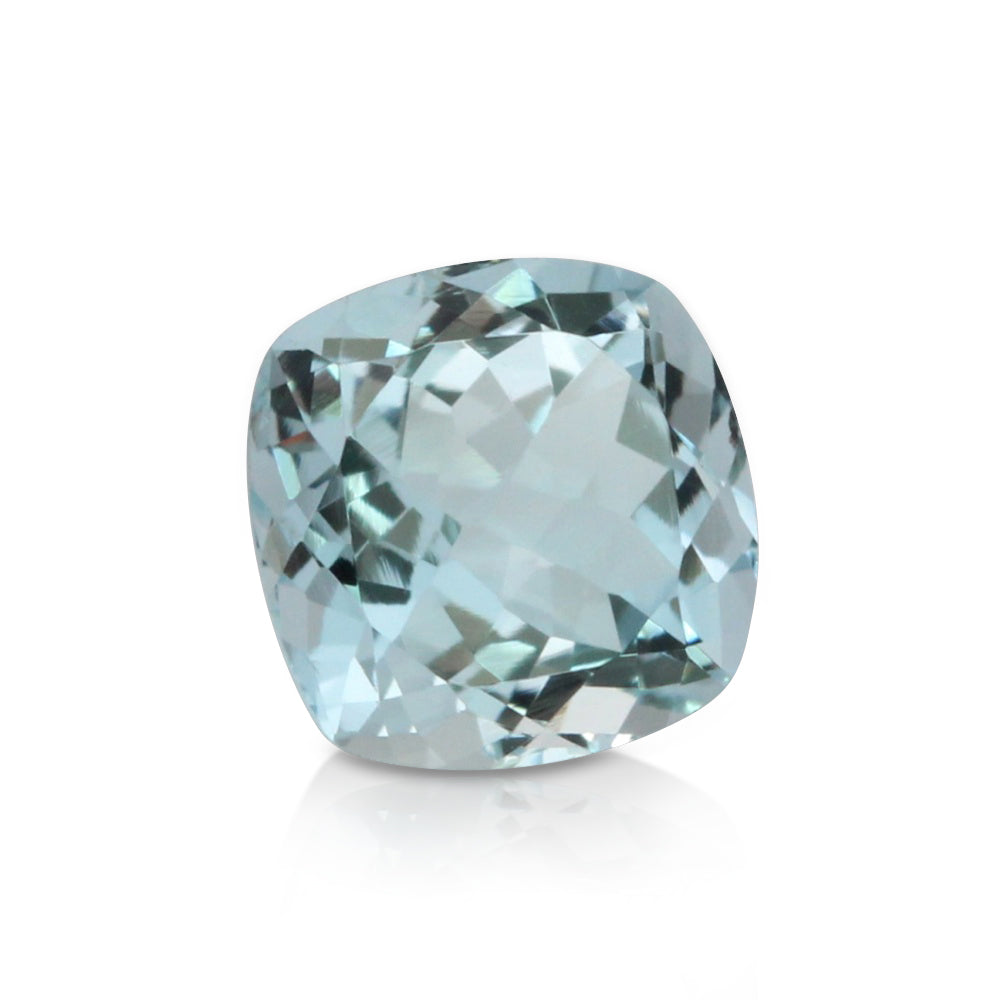
A member of the Beryl mineral family, aquamarine is most famous for its gorgeous sea-blue tone. Named for the Latin phrase “water of the sea”, aquamarine ranges from pale light blue to blue-green or green-blue to medium dark blue—the more saturated, the higher the value. Today, many shoppers actually prefer the light aqua blue aquamarine with crystal-clean luster.
Aquamarine has long been a symbol of youth, health, hope, and love. The Romans believed aquamarine absorbed the atmosphere of young love: “When blessed and worn, it joins in love, and does great things.” In Medieval times, aquamarine was thought to reawaken the love of married couples. Today, it’s the birthstone for March and used to celebrate the 16th and 19th wedding anniversary.
Aquamarine gems have an outstanding vitreous, glass-like luster and are often flawless with excellent transparency and clarity. Similar to other types of beryl (such as morganite), aquamarine also has a good durability and hardness, ranging from 7.5 to 8 on the Mohs scale. Gemstone-quality stones are often sourced from mines in Brazil, but deposits have been found in Madagascar, Australia, China, India, and the United States.
Similar to most gemstones, aquamarine have an affinity for grease and dirt. We recommend removing the ring when applying lotion, washing your hands, taking a shower, or doing housework with household cleaners, as any residue may dull the color’s appearance. Perfumes, hairsprays and household or strong chemical cleaners will damage the stone and cause dullness and uneven color spots. With a proper care, your aquamarine engagement ring should last for a long time.
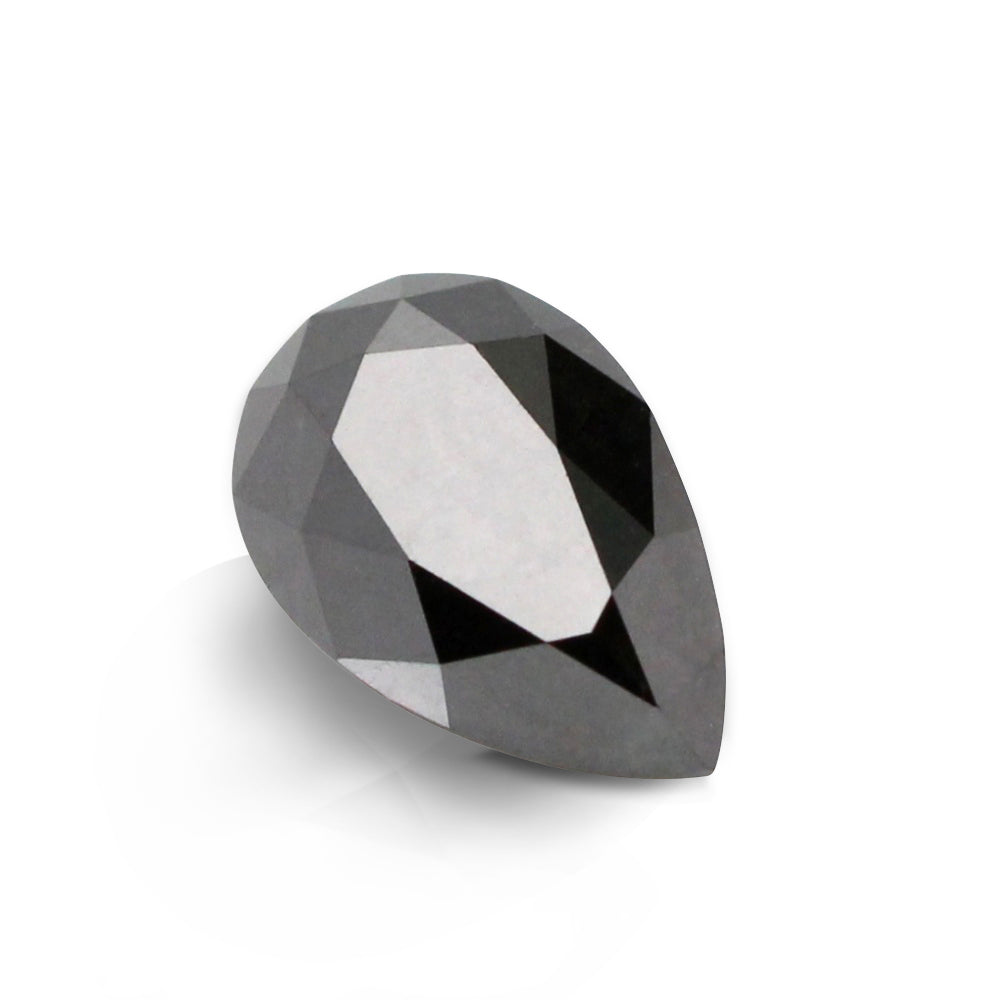
Most people think diamonds are only white, but the stone comes in a range of hues, caused by chemical impurities or structural defects in the crystal lattice during the formation process. The lush color of black diamonds actually is created by dark inclusions (black spots) spreading throughout the entire stone, making the diamond appear black. There are two varieties of black diamonds:
Untreated Black Diamonds: they are NOT the dark black opaque stones you’d expect. Since the “black” appearance comes from the high number of dark inclusions. Untreated black diamonds appear semi-transparent (not totally opaque) with dark inclusions spreading throughout interior of the stone – more like a salt and pepper diamond. As a jewelry design company run by two GIA graduate gemologists, we truly love the unique one-of-a-kind look of untreated black diamonds. We call them imperfectly perfect! Surprisingly, diamonds that have so many inclusions are quite rare, making them a perfect choice for brides seeking a diamond that has a semi-transparent salt-and-pepper look.
Treated Black Diamonds: they are what’s more commonly seen in modern jewelry. To create the desired, shiny opaque look, black diamonds are enhanced to achieve the lustrous opaque black color most consumers love! Customers often ask us if black diamonds are real diamonds? The answer is Yes! Treated black diamonds are still real diamonds. The enhancement process does not affect the durability and they are equally gorgeous as untreated ones!
Why we love black diamonds? Because, not only black diamonds are real diamonds, but they are durable for daily wear, relatively inexpensive compared to white diamonds, and trendy and fun to stack black diamond rings with white diamonds, or other colored gemstone rings!
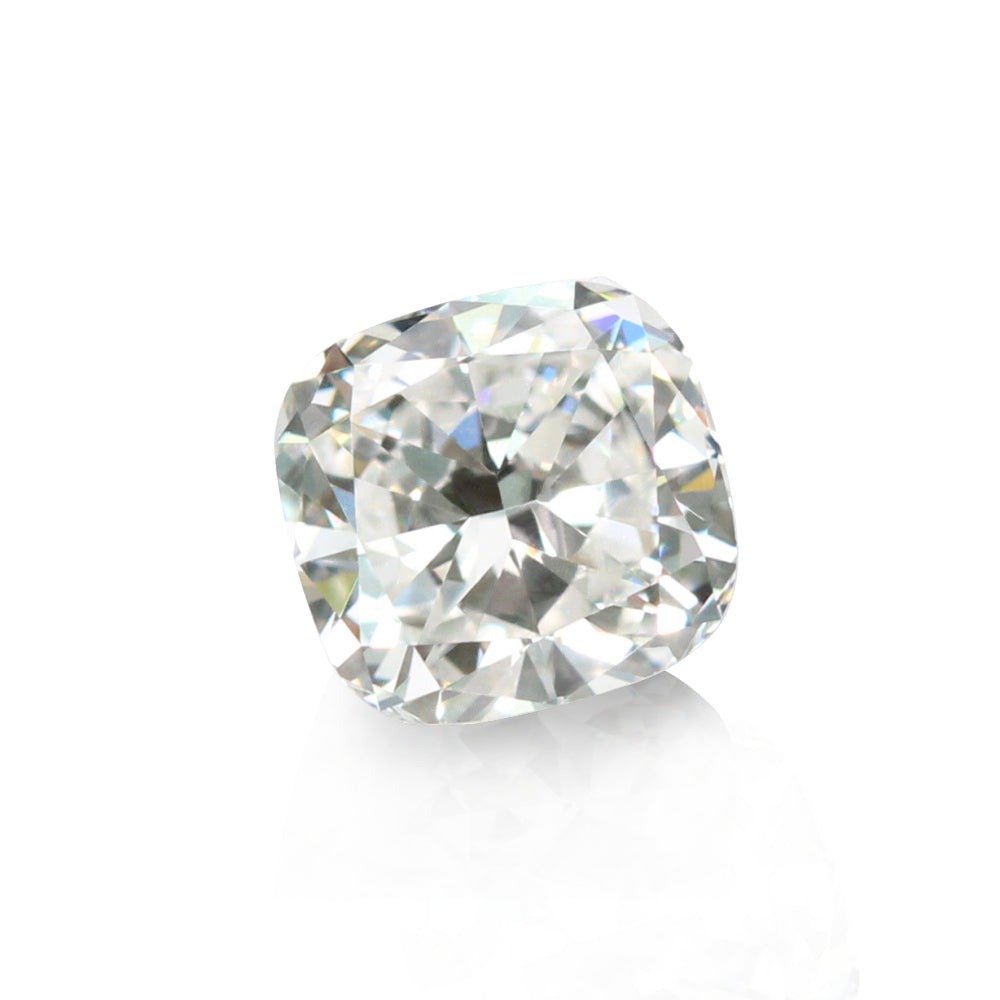
Diamonds are a rare, naturally occurring, carbon-based mineral. The birthstone of April is also used to celebrate the 10th, 30th and 60th anniversaries. You probably already know a lot about the most famous and desired gem in the engagement ring and wedding band market. We’ll just tell you why they work so well for fine jewelry.
Hardness: Your engagement ring and wedding bands will be worn everyday - you use your hands for almost everything. The right gemstone needs to be durable enough for a lifetime of wear. Diamond is the hardest known natural substance. It is rated at ten out of ten on the Mohs scale of hardness. Because of that exceptional hardness (resistance to scratching) and toughness (resistance to breaking), we mainly make wedding bands and the side stones of our engagement rings with diamonds only.
Brilliance: Brilliance is the life of the diamond. It describes the effect that occurs when a bright white light is reflected from the facets. As the light is reflected from its surface, the shiny luster comes alive. The more well-cut, the more that fire, brilliance, and scintillation are amplified.
Well-cut diamonds explode with reflections, so when you move your hand, the light catches and magnifies those stunning sparkles back from the surface. (The bling bling effect, as we call it.) At La More Design, we work hard to ensure your diamond wedding bands or diamond engagement rings bring out the maximum fire and brilliance.
Rarity: Natural diamonds are formed at high temperatures and high pressure at depths of 140 to 190 kilometers (87 to 118 mi) in the Earth's mantle. Deep volcanic eruptions send magma (and diamonds) up the surface, with those reaching us ranging from roughly 1 billion to 3.3 billion years old!
Most diamonds contain impurities and irregularities in their crystal structure, so natural diamonds must register a specific gravity between approximately 3.4 to 3.6. Gem-quality diamonds must have a specific gravity of around 3.52, meaning it has minimal impurities and defects. Only about 20 percent of diamonds found are fit for gem use, the other 80 percent are used industrially.
Value: Because of diamonds' exceptional hardness, stunning brilliance, and desirable rarity, diamonds have been the most used gemstones in fine jewelry, especially for engagement rings and wedding bands for modern brides. Due to its excellent hardness, diamond jewelry is fairly easy to take care of compared to other gemstones. With proper care, your valuable diamond rings will last for a lifetime and beyond!
As their name suggests, lab diamonds are grown and sourced from labs, unlike mined diamonds, which are formed beneath the Earth’s surface. You may also hear them referred to as man-made diamonds, cultured diamonds, lab-created diamonds, or engineered diamonds, indicating the growing process in an eco-friendly controlled lab environment.
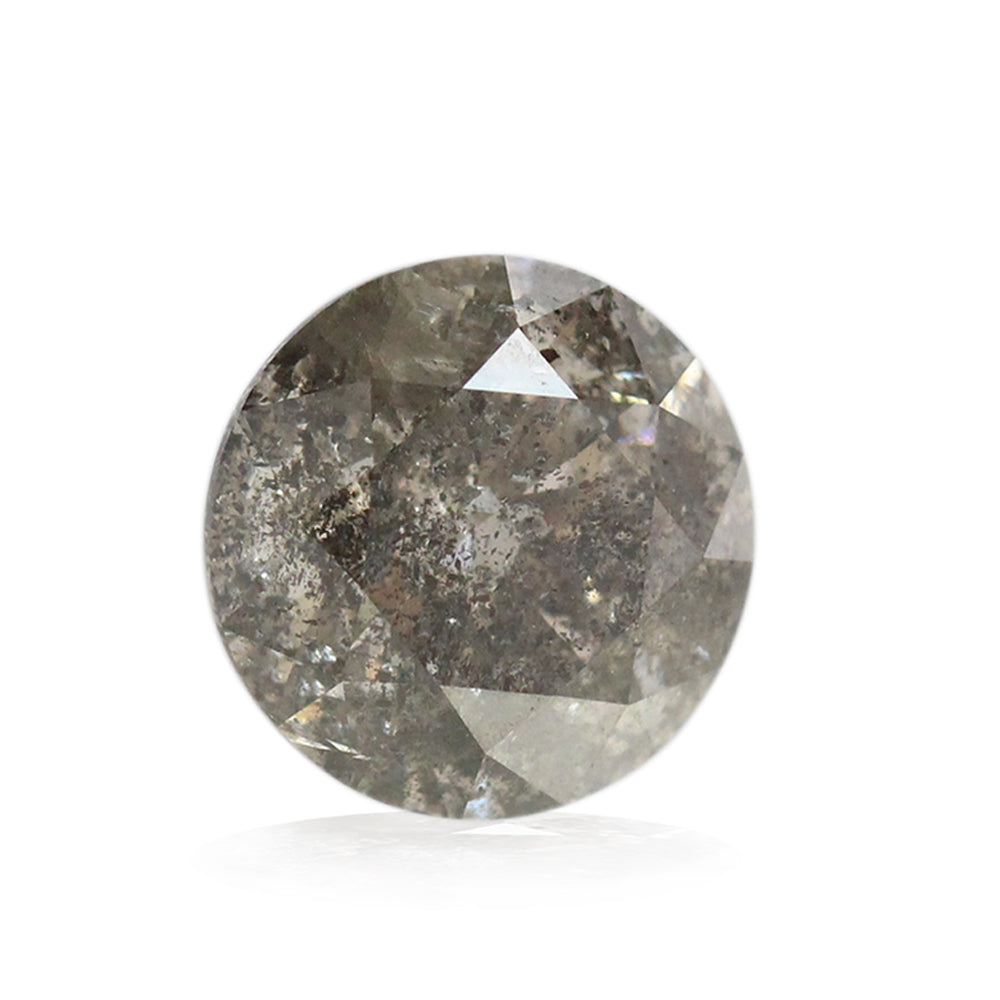
Though the quintessential diamond is typically thought of as white in color, the stone actually comes in a wide range of hues and clarities caused by chemical impurities or structural defects in the crystal lattice. As the diamond forms, it will often be exposed to carbon, minerals, or other diamonds that can accumulate to create natural birthmarks, or inclusions. Diamonds are classified by what’s called the 4 C’s: cut, color, clarity, and carat weight, clarity being the category that involves inclusions or lack thereof. The inclusions in a salt and pepper diamond are more numerous and more visible compared to traditional ideals of diamonds. These natural inclusions create the classic black and white marks that give salt and pepper diamonds their name and unique look.
As far as ring trends go, salt and pepper diamonds have been making waves recently due to its norm-breaking appearance and symbolic character. Many say that the inclusions in a salt and pepper diamond offer a symbolic reminder that although relationships or marriage may not be flawless, they are perfectly imperfect in the most romantic way. These diamonds are an exceptional alternative to the classic diamond engagement ring and is sure to stand out and make a statement wherever your love shall take it.
Looking for a unique, durable, and affordable alternative to the traditional white diamond engagement ring and wedding band? Our salt and pepper diamond rings will be the perfect choice for you!
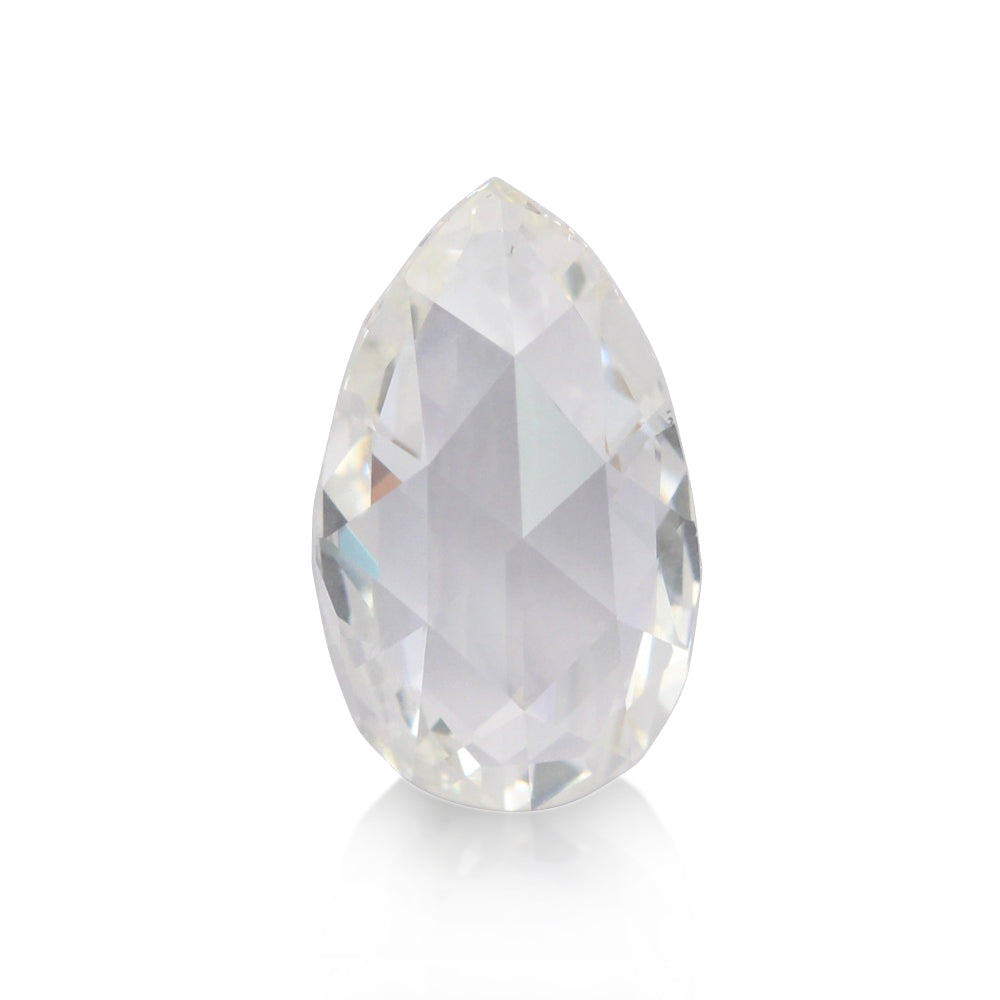
Customers often ask us if rose cut diamonds are real diamonds. The answer is Yes! Rose cut diamonds are real diamonds - the words "rose cut" are referred to the cutting style.
The colors of rose cut diamonds can be white (colorless), black, grey (salt and pepper diamond) or champagne brown. Rose cut diamonds were popular long before current trendsetters (Jennifer Aniston!), discovered their unique, old world allure. The cutting style dates back to the 16th century and was especially common during Georgian and Victorian eras. Imagine the standard cut diamond, but flipped: flat on the bottom and domed at the top. While brilliant, full-cut diamonds have roughly 58 or more facets, rose cut diamonds end up with three to 24 facets. More facets means more sparkle. Instead rose cut diamonds provide an amazing depth and old world elegance to modern designs.
At La More Design, we design and craft unique rose cut diamond rings with a beautiful selection of white, black, champagne and galaxy diamonds in a variety of vintage inspired designs for modern brides today!
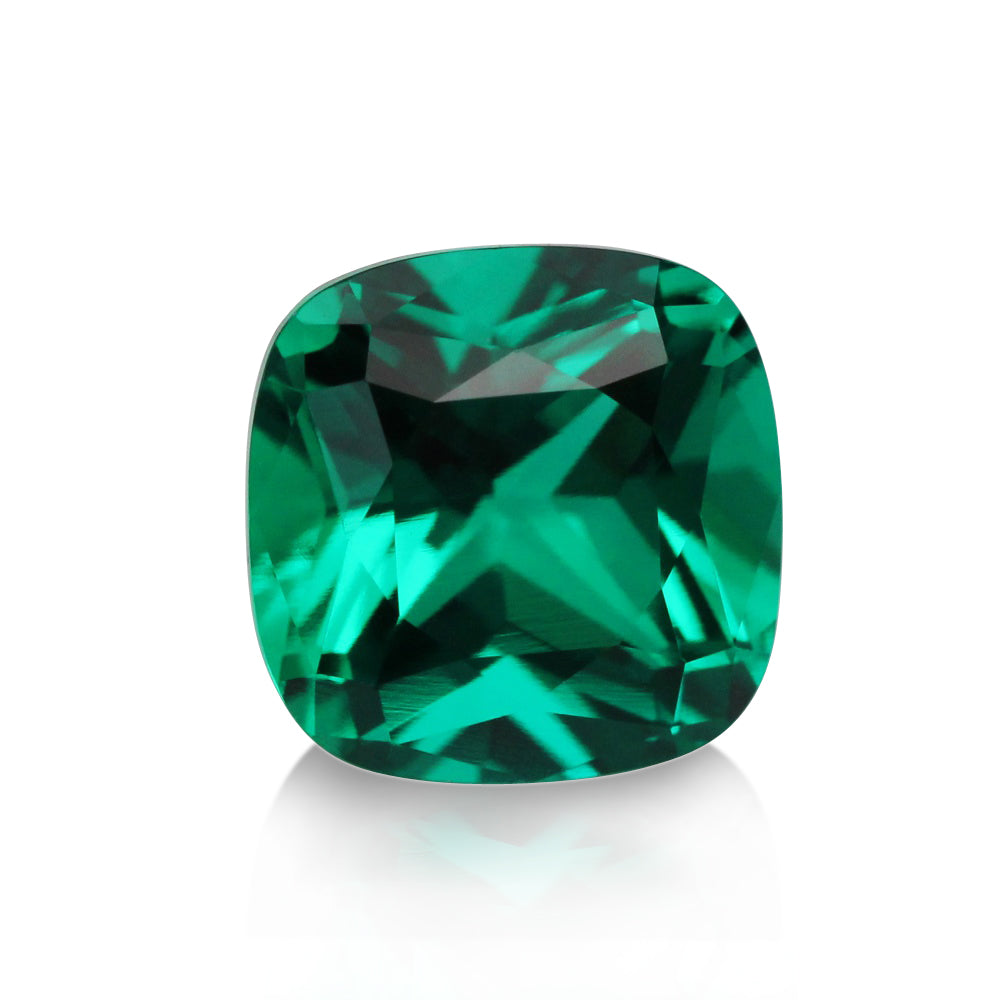
The May birthstone is often used to celebrate the 20th, 35th and 55th wedding anniversaries. Emerald is a member of the Beryl mineral family—with its green hue distinguishing it from fellow beryls aquamarine (blue) and morganite (pinkish peach). All beryl gems rank between a 7.5 and 8 on the Mohs scale, making them durable enough for fine jewelry. However, natural emeralds are often highly included, making them weaker. To compensate, many are treated with oil to fill in surface-reaching cracks or pores. Overtime, that oil may dry out and affect the appearance. Untreated, natural emeralds are very rare and can be very expensive.
At La More Design, one of our main goals is to offer our customers affordable and conflict-free gemstones that you can cherish for years to come. Our emeralds jewelry uses conflict-free, cultured emeralds (lab grown in the USA by Chatham®). Lab-grown emeralds have the identical physical, optical, gemological, and chemical properties as emeralds found in nature. They are as durable, beautiful, and vibrant, but since they are cultivated in a controlled lab environment, they offer the same stunning color and clarity, with fewer flaws and without negative environmental repercussions.
Lab-grown gemstones are not the same as imitation or simulant stones. Lower-priced simulants do not have the same chemical and physical properties as natural gemstones, but merely imitate their appearance. Pair our conflict-free emerald with our lifetime warranty, and you’ll be able to enjoy your emerald engagement ring for years to come.
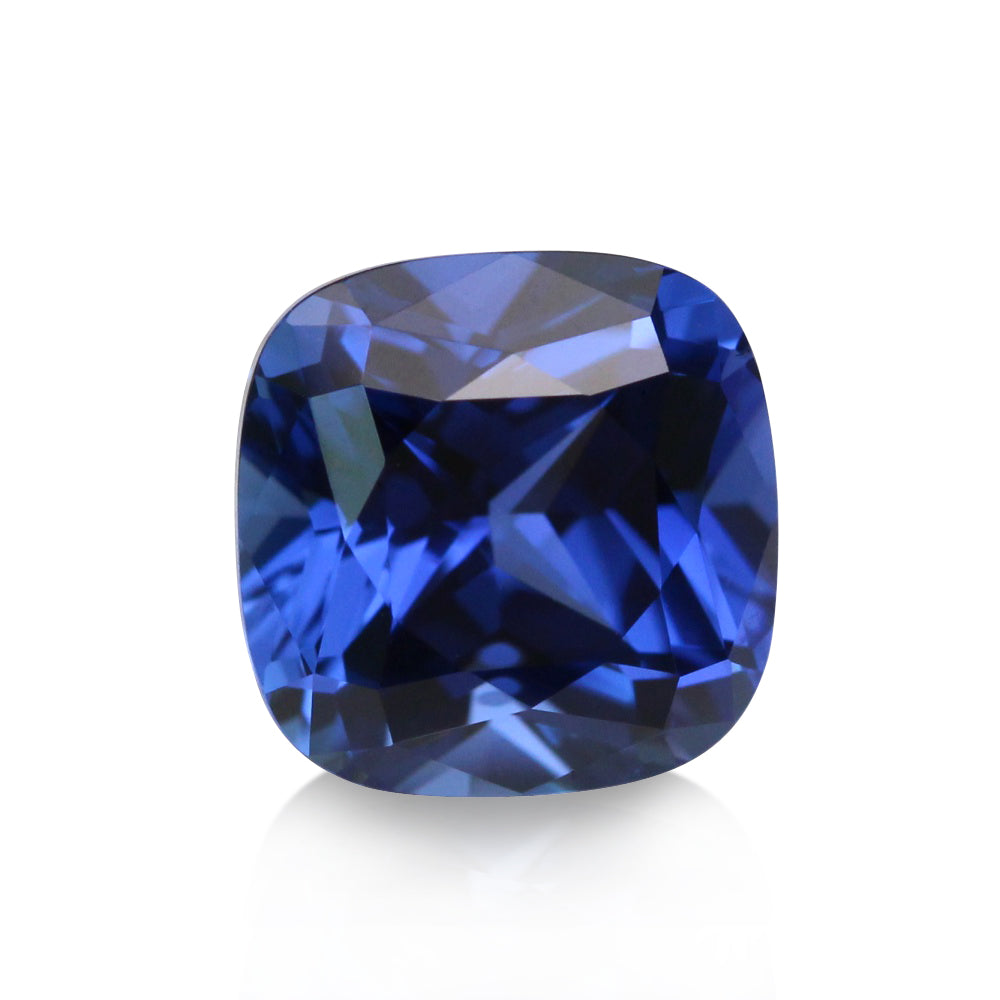
A variety of the mineral corundum, sapphire occurs in a wide range of colors – blue, pink, peach, lavender, purple, yellow, green, and orange. The only color sapphire cannot have is red: a red sapphire is classified as a ruby.
Sapphire is rated 9 on the Mohs scale, making it the hardest gem among all natural gemstones - second only to diamond (diamond scores a 10, making it the hardest known mineral). Because of its amazing color selection and excellent hardness, sapphires have been one of the most popular engagement ring options of all time. Princess Diana’s sapphire engagement ring (now Kate Middleton) being the most well-known sapphire ring. Sapphire is the birthstone of September and is also used to commemorate the first, 23rd, and 45th anniversaries.
Kashmir, Burma, and Sri Lanka generally produce the highest quality sapphires, but Australia, Thailand, Madagascar, and North America (mostly Montana) also produce great quantities.
At La More Design, we design and handcraft unique sapphire engagement rings with natural sapphires as well as lab-grown sapphires by Chatham®. We also carry natural loose sapphires that can be designed for your very one of a kind custom made engagement ring!
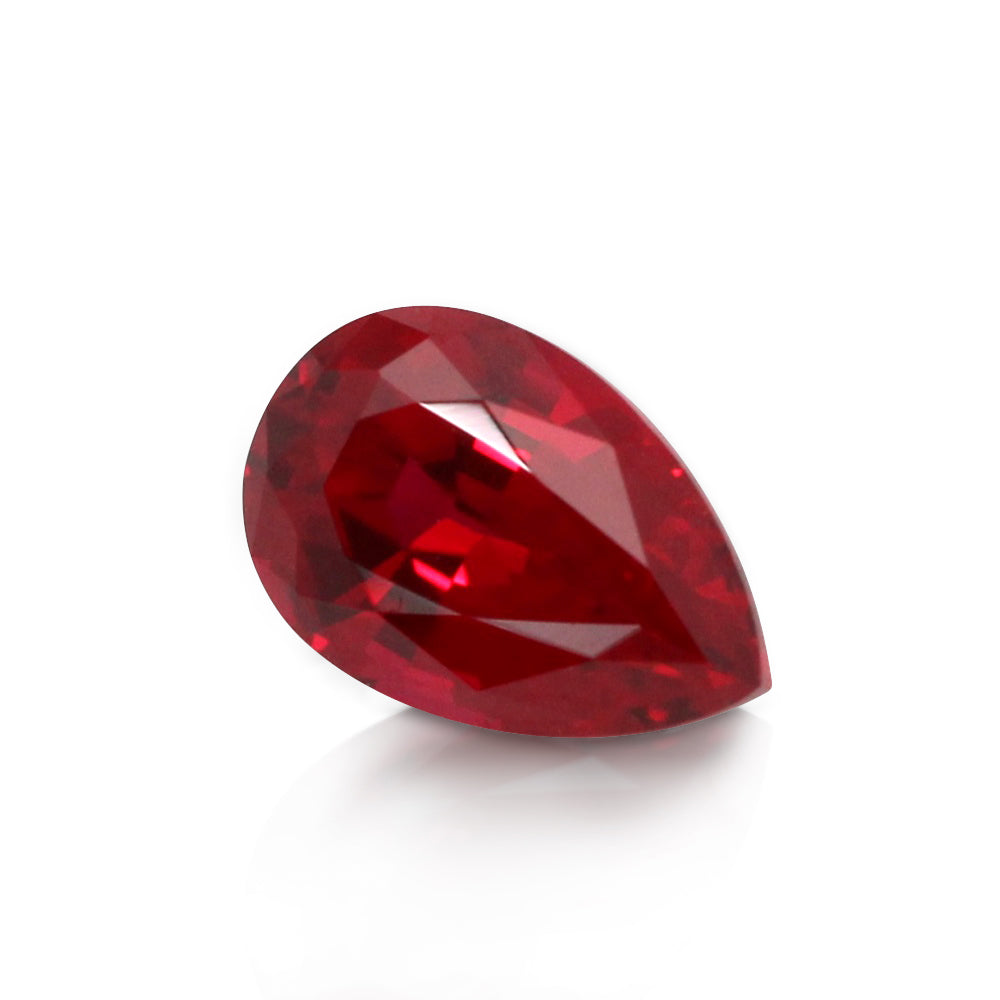
The mineral corundum (found in gem form as sapphire) occurs in a wide range of hues (blue, pink, yellow, green, purple, and orange) - but only red is classified as ruby. For centuries, fine-jewelry quality rubies were only plucked from their sapphire brethren in Myanmar (Burma) and Thailand, but recent years have seen sources crop up in Mozambique, Sri Lanka, and Vietnam.
Ruby ranks at 9 on the Mohs scale, making it especially durable. While it’s well-known as the birthstone for July and the standard gem of 15th and 40th wedding anniversaries, we love it for engagement rings.
At La More Design, we utilize natural rubies as well as lab-grown rubies by Chatham® in our ruby rings. The gorgeous vivid red color, excellent durability, and rarity, make it one of our favorites for fine jewelry.
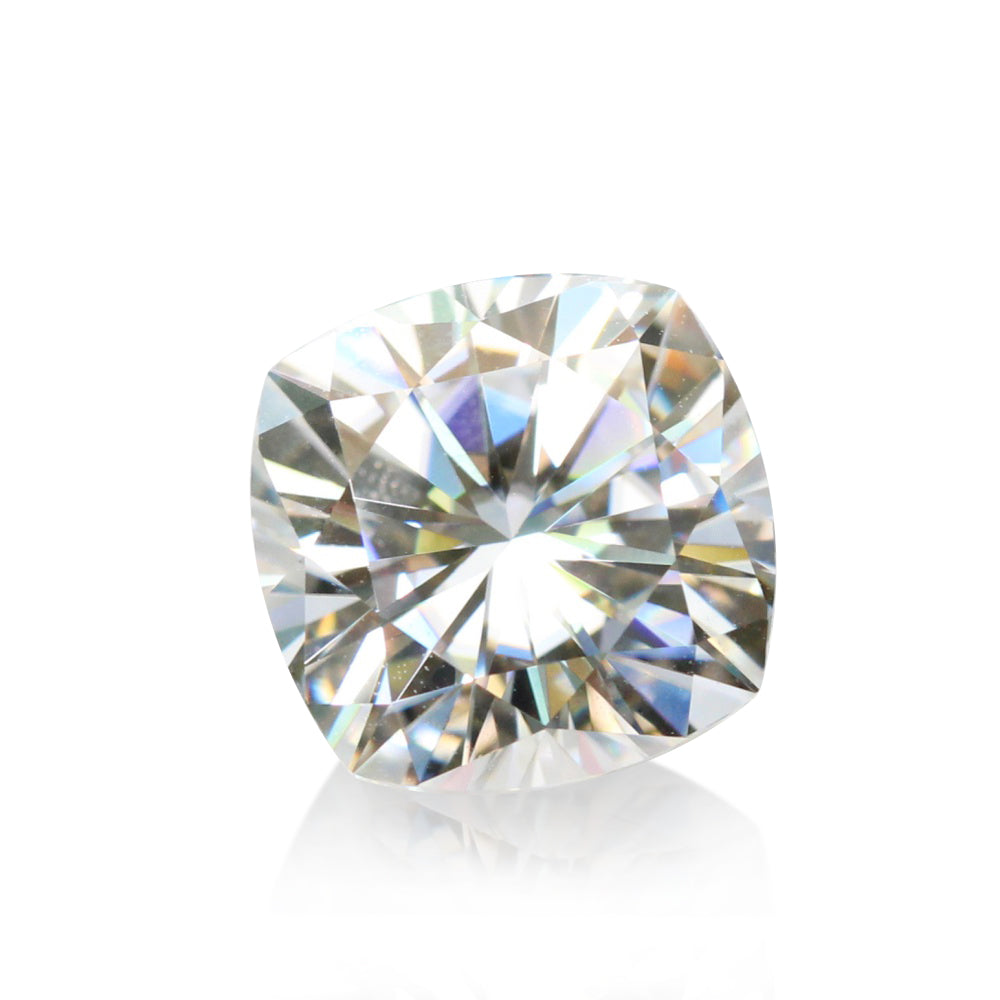
In 1893, Nobel Prize winning chemist Dr. Henri Moissan discovered tiny crystals of silicon carbide in an Arizona meteorite. He successfully identified these sparkling crystals as a new mineral, “silicon carbide,” which like diamonds is also made from carbon. The crystals are extremely rare, and scientists worked for a century to recreate these brilliant stones. In 1995, Charles & Colvard was founded to cut, polish, and bring to market the first, finest engineered moissanite.
At La More Design, all our moissanite engagement rings are crafted with certified Forever One® Moissanite by Charles and Colvard, which is the highest quality, whitest, and brightest variety. It’s graded D-E-F in color (meaning it’s basically colorless), and it displays 10% more brilliance and 2.4 times the fire of diamonds. When it comes to hardness (resistance to scratching) and toughness (resistance to breaking), Forever One® Moissanite is exceptional. On the Mohs scale of hardness, moissanite is rated as a 9.25, which means it is harder than every gemstone except diamond (diamonds are the hardest known mineral, scoring a 10 on the Mohs scale. And Sapphire is rated 9 on the Mohs scale). But compared to diamonds, moissanite is relatively affordable. And best of all, it’s absolutely Conflict-Free and Eco-Friendly!
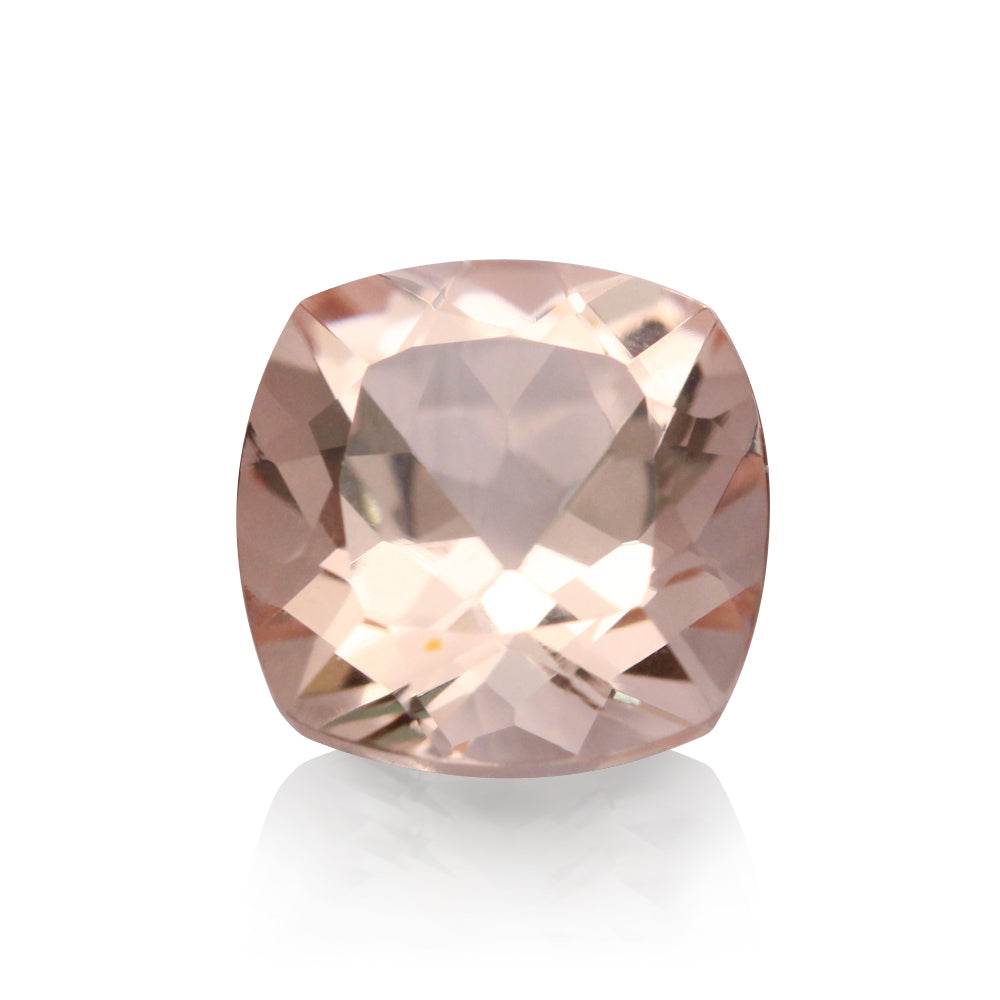
In 1910, morganite was discovered in Madagascar and named for legendary financier and gem collector J.P. Morgan. Morganite is a member of the Beryl mineral family—with its pink hue distinguishing it from fellow beryls aquamarine (blue) and emerald (green). Today, gemstone-quality stones are sourced from Brazil or Madagascar. The color ranges from a soft pinkish peach to richer orangey hues. We love pink and peach hued varieties in engagement rings because of its gorgeous and romantic rose tint.
Generally, morganite is durable enough for everyday wear. It ranges between a 7.5 and 8 on the Mohs scale, which measures the stones the scratch resistance (10 is the highest). For comparison, diamonds rate as a 10 on the Mohs scale, making them the hardest stone among all the gemstones, while moissanite is a 9.25, sapphire is a 9, and topaz is an 8.
To keep your morganite rings sparkling, we recommend removing the ring when applying lotion, washing your hands, taking a shower, or doing housework with household cleaners. Clean your ring with a soft cloth and store it individually in soft cloth or jewelry pouch. Absolutely avoid spraying perfume, hairspray or any household cleaners (especially those that contain strong chemical compounds) directly on the ring. With a proper care, your morganite engagement ring should last for a long time. To learn more about how to take care and clean your jewelry, please read our Jewelry Care Guide.
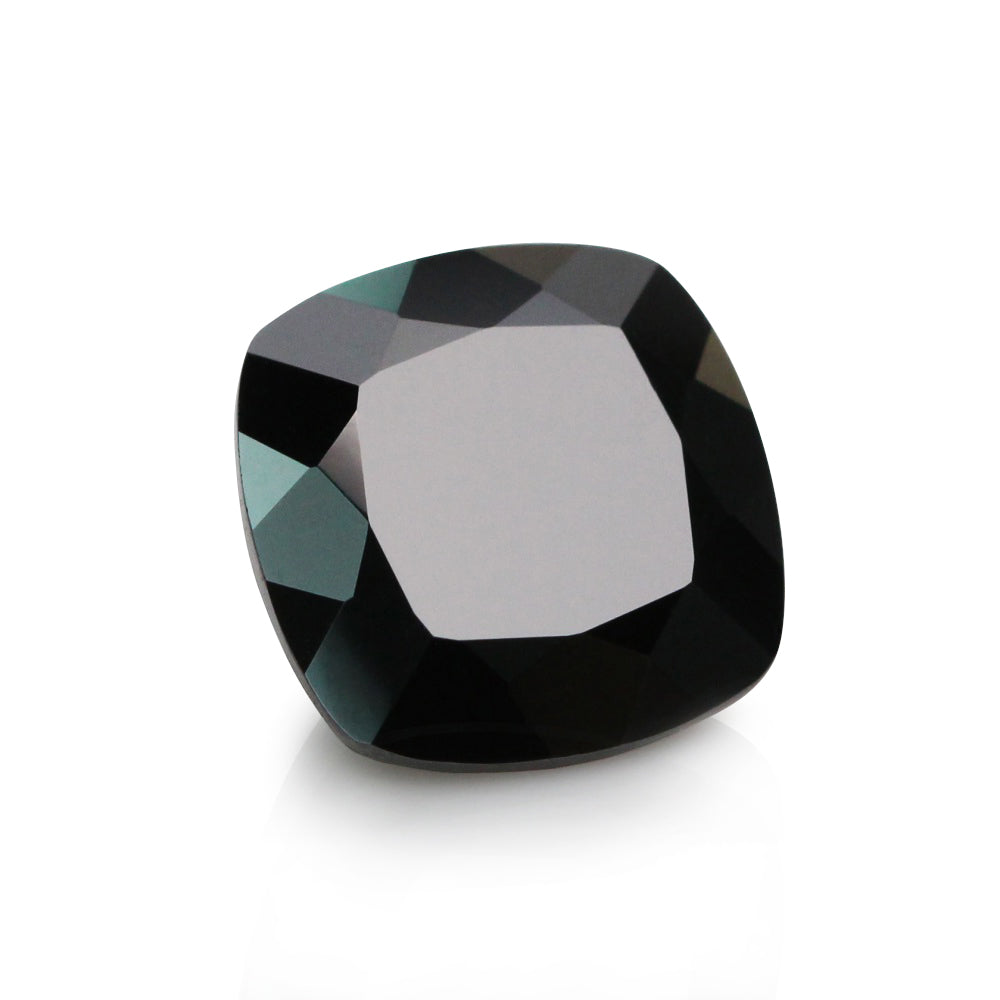
The mineral spinel occurs in almost every color, from vivid reds and pinks to blue and blacks. Vivid red (ruby spinel) is so renowned for its quality that several of the “rubies” in Great Britain’s crown jewels are actually spinels. Despite their splendor, spinel doesn’t get it’s due: so we’re doing our best to help it shine.
Spinel is primarily found in Thailand, but deposits have been found in Sri Lanka, Myanmar, and Madagascar. In 2016, the Jewelers of America and the American Gem Trade Association (AGTA) added spinel as the second option, besides peridot, for August birthdays. It’s ranked at 8 on the Mohs scale of hardness (10 is the highest), making it tough enough for everyday wear. Highly reflective and brilliant, black spinel lends itself to facets or cabochon cuts. Not many dark, opaque gemstones in the market balance great durability and stunning reflective qualities, plus it tends to be more affordable compared to black diamonds. On top of that: we adore that the rich black color is all-natural (not treated)! Pair it with rose gold for an especially striking combination.
Looking for a unique, durable and affordable black gemstone engagement ring? Our black spinel rings will be the perfect choice for you!